When it comes to creating a more comfortable and healthy living environment, dealing with allergens is a key step. Many common household items and situations can contribute to allergies, making it difficult to enjoy your home. Tackling these allergens head-on can bring significant relief and improve your quality of life. Here’s a friendly guide on some of the most common allergens found in homes and practical tips on how to get rid of them, making your space a safer and more pleasant place to live.
Contents
- 1 Dust Mites
- 2 Pet Dander
- 3 Pollen
- 4 Mold Spores
- 5 Cockroach Droppings
- 6 Cigarette Smoke
- 7 Household Cleaners
- 8 Dust
- 9 Latex
- 10 Rodent Droppings
- 11 Feather Bedding
- 12 Chemicals in Paints and Finishes
- 13 More From RetailShout
- 14 19 Antioxidant-Rich Foods That Fight Free Radicals for Optimal Health
- 15 18 Creative Kitchen Uses for Dawn Beyond Dishes
Dust Mites
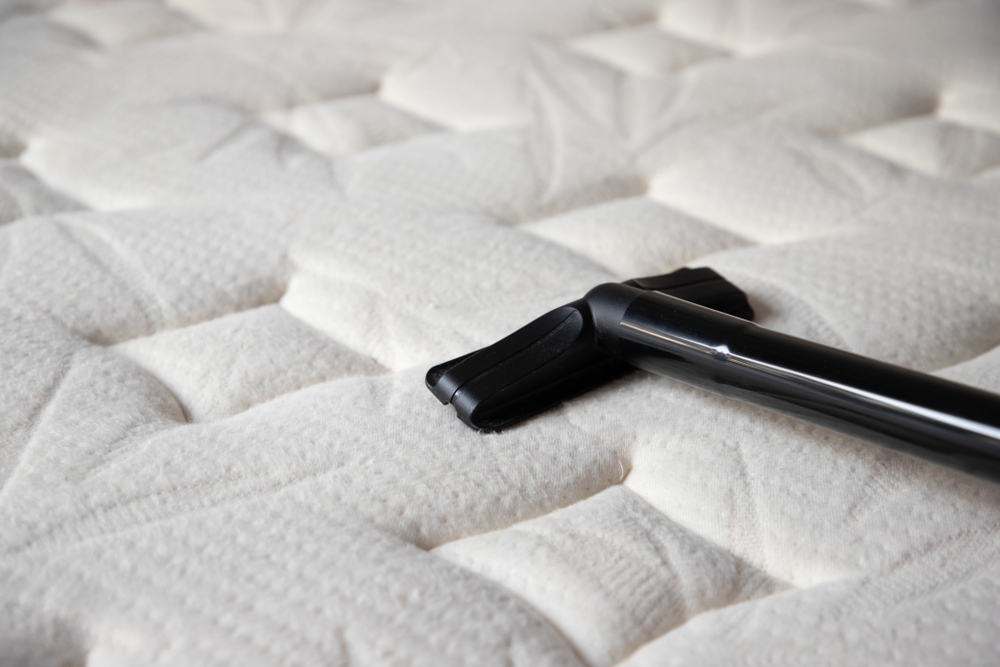
Dust mites are microscopic creatures that thrive in household dust, particularly in bedding, upholstered furniture, and carpets. Their droppings and body fragments can trigger allergic reactions and asthma symptoms. To minimize their presence, use dust-proof covers on mattresses and pillows, wash bedding in hot water weekly, and vacuum carpets and furniture regularly using a vacuum with a HEPA filter.
Pet Dander
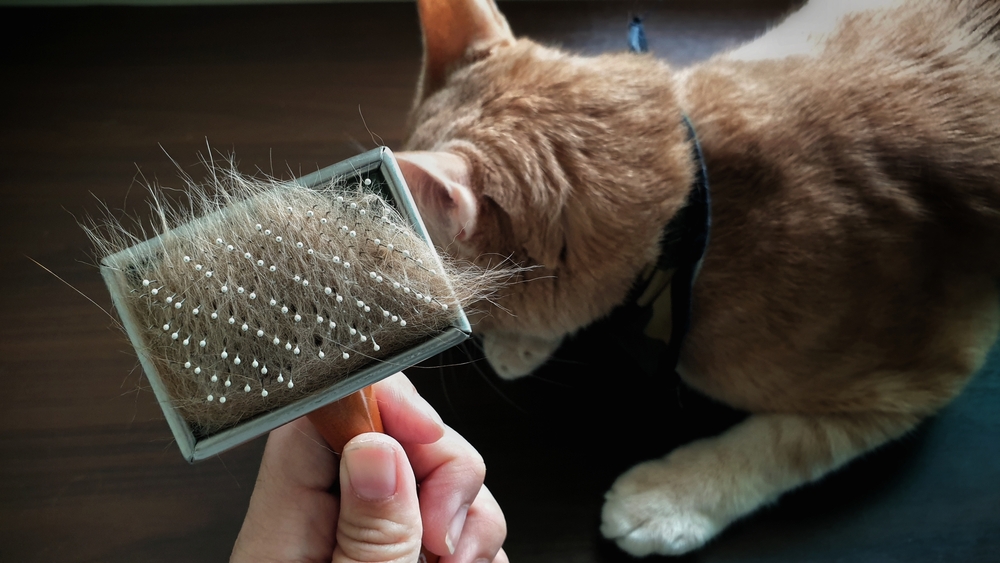
Pet dander consists of tiny, even microscopic, flecks of skin shed by cats, dogs, and other animals with fur or feathers. These particles can cause allergic reactions, especially in individuals with asthma. To reduce pet dander, keep pets out of bedrooms, bathe and groom them regularly, and use HEPA air purifiers in rooms where pets spend time.
Pollen
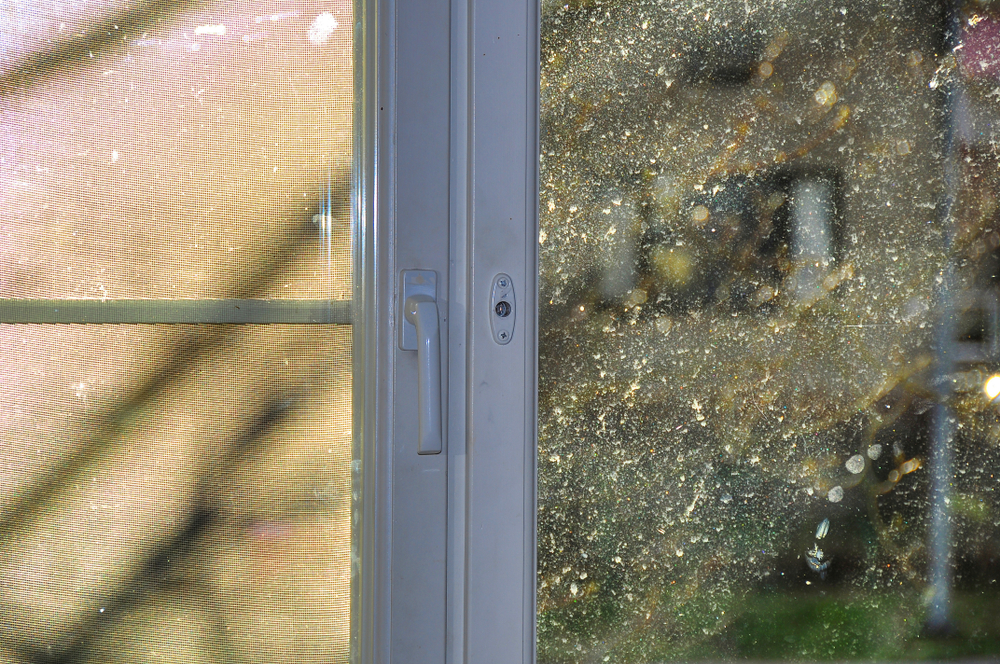
Pollen from trees, grasses, and weeds can enter homes through open windows and doors, causing seasonal allergies. To limit indoor pollen exposure, keep windows and doors closed during high pollen seasons, use air conditioning with a clean filter, and shower and change clothes after spending time outdoors.
Mold Spores
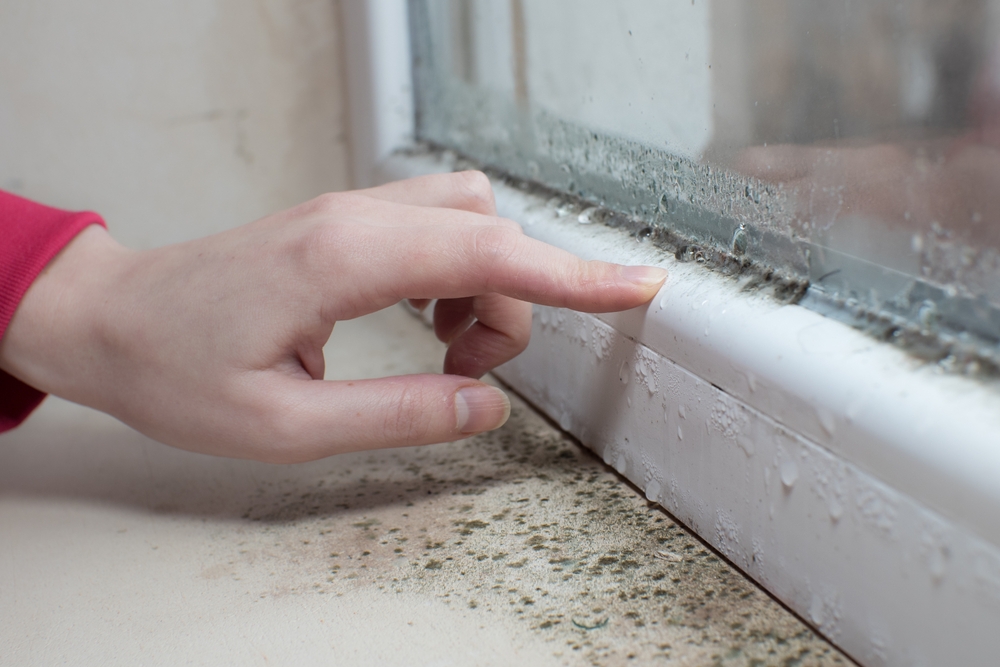
Mold spores thrive in damp, humid environments like bathrooms, kitchens, and basements. Inhaling these spores can lead to allergic reactions and respiratory issues. Prevent mold growth by using dehumidifiers, fixing leaks promptly, ensuring proper ventilation, and cleaning mold-prone areas with mold-killing solutions.
Cockroach Droppings

Cockroach droppings, saliva, and body parts contain proteins that can cause allergic reactions and asthma. To eliminate cockroaches, keep your home clean, store food in airtight containers, fix leaks to reduce water sources, and use bait traps or hire a pest control service.
Cigarette Smoke

Cigarette smoke contains numerous chemicals that can irritate the respiratory tract and exacerbate allergies and asthma. To improve air quality, enforce a strict no-smoking policy inside your home, encourage smoking cessation, and use air purifiers to reduce smoke particles.
Household Cleaners

Certain household cleaners contain harsh chemicals that can irritate the eyes, skin, and respiratory system. To reduce exposure, use natural or hypoallergenic cleaning products, wear gloves and masks while cleaning, and ensure good ventilation by opening windows or using exhaust fans.
Dust
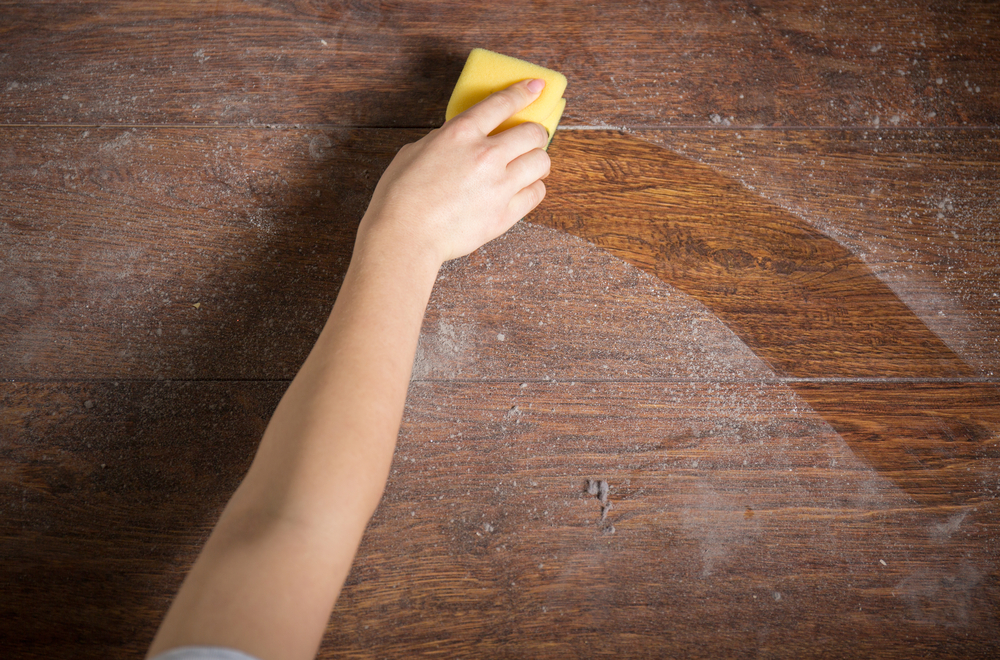
Household dust, which can contain a mix of dirt, pollen, mold spores, and other particles, is a common allergen. To keep dust levels low, dust surfaces regularly with a damp cloth, vacuum with a HEPA filter, and use air purifiers to capture airborne particles.
Latex
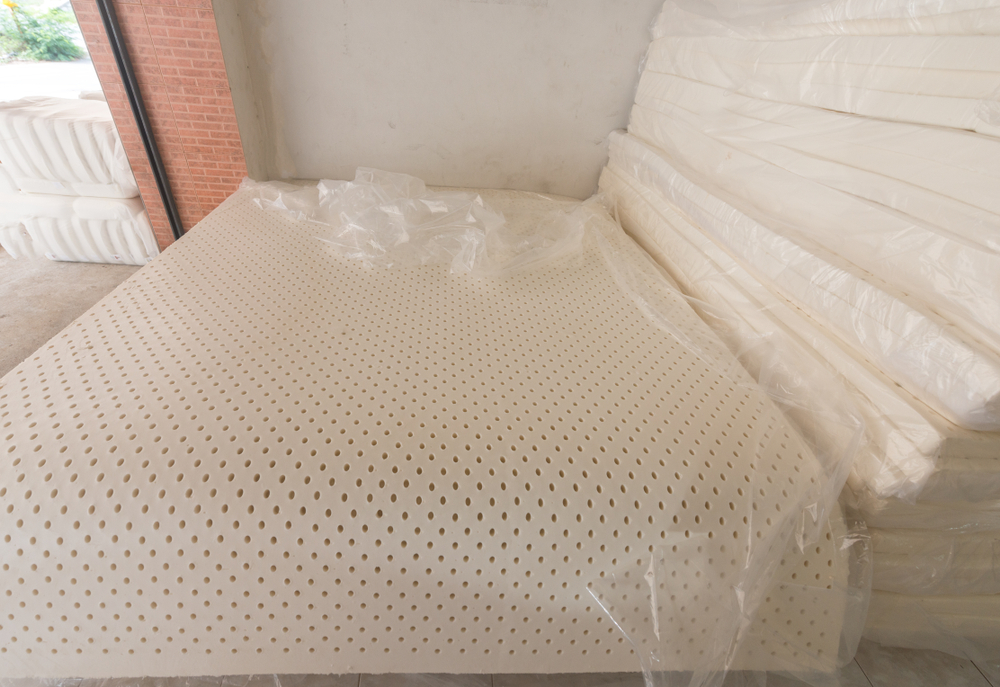
Latex, found in some gloves, balloons, and household items, can cause allergic reactions in sensitive individuals. Replace latex products with latex-free alternatives, such as nitrile or vinyl gloves, and avoid items containing latex whenever possible.
Rodent Droppings

Rodent droppings and urine can cause allergic reactions and exacerbate asthma. Seal entry points to prevent rodents from entering, keep food sealed, and set traps or hire pest control services to manage infestations.
Feather Bedding
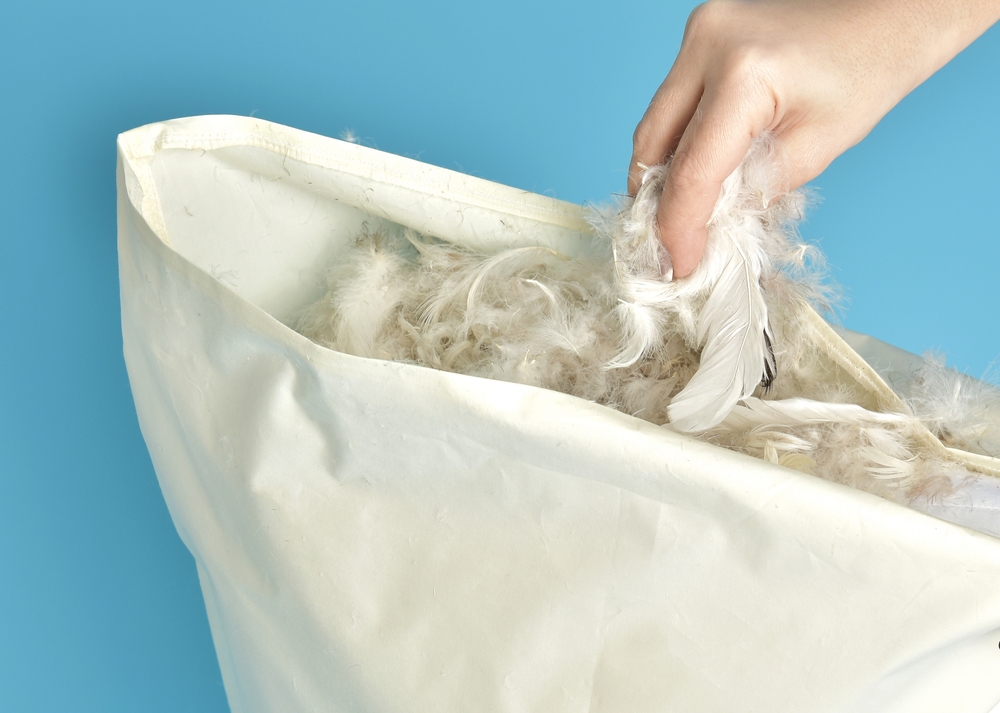
Feathers in pillows, comforters, and other bedding can trigger allergies in some individuals. Switch to hypoallergenic synthetic bedding materials, and wash bedding regularly in hot water to reduce allergens.
Chemicals in Paints and Finishes
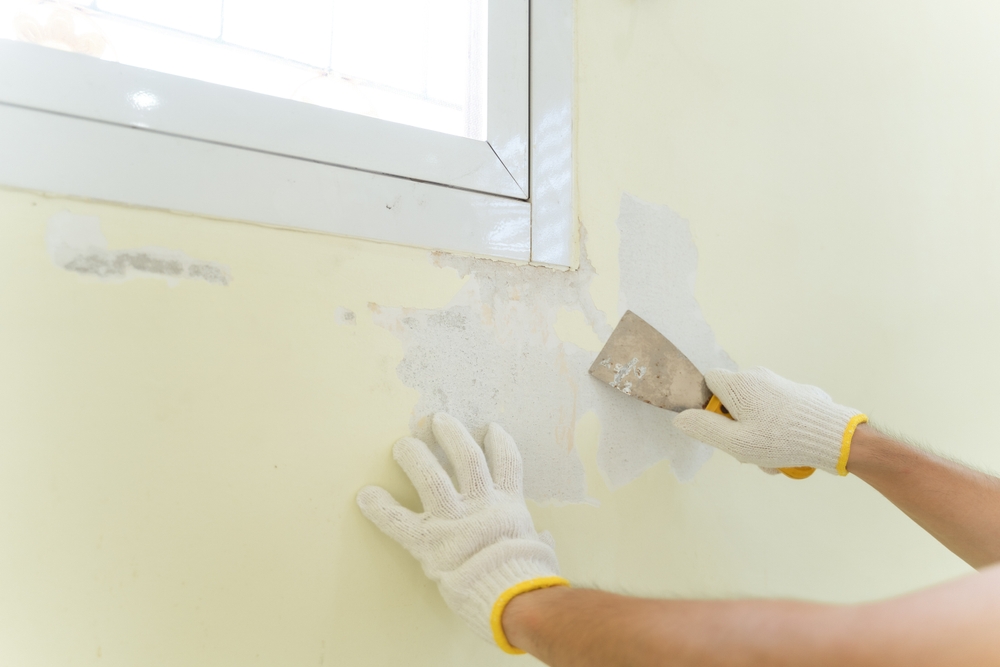
Volatile organic compounds (VOCs) in paints and finishes can irritate the respiratory system and cause allergic reactions. Use low-VOC or VOC-free paints and finishes, ventilate rooms well during and after painting, and allow new furniture to off-gas in a well-ventilated area before bringing it into living spaces.
This article originally appeared on RetailShout
More From RetailShout
17 Household Items That Are Wastes of Money

Ever feel like some things you buy for the house just aren’t worth it? Well, you’re not alone. This list of 17 household items might just make you think twice about what’s really necessary and what’s just eating up your money and space. Read More.
19 Antioxidant-Rich Foods That Fight Free Radicals for Optimal Health

Antioxidants are essential for protecting our bodies from the damage caused by free radicals. These harmful molecules can lead to various health issues, including inflammation and chronic diseases. Luckily, we can combat these effects by including antioxidant-rich foods in our diet. Read More.
18 Creative Kitchen Uses for Dawn Beyond Dishes
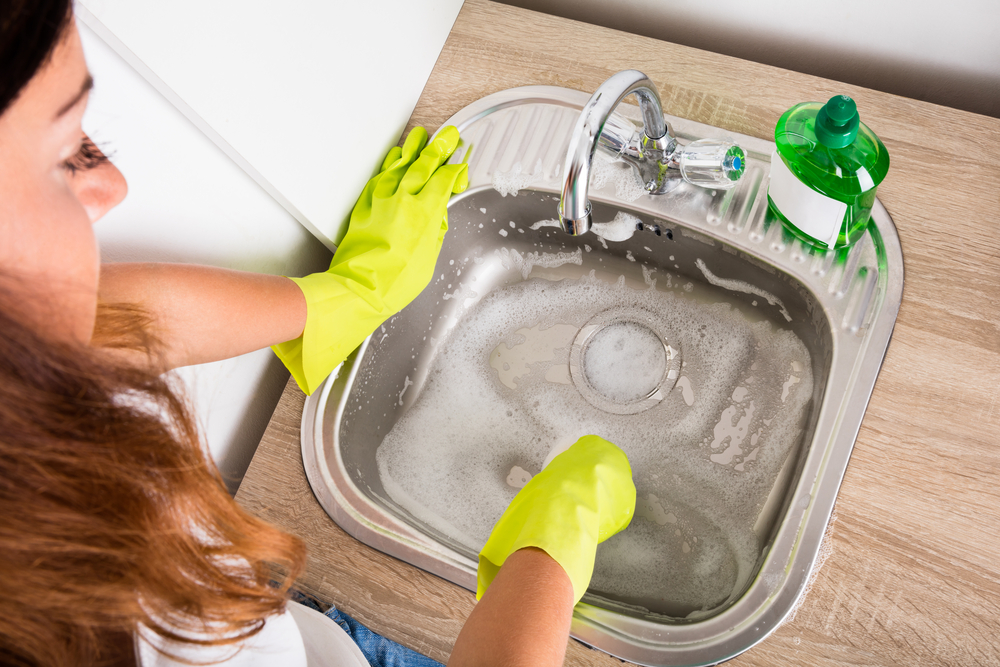
Ever wondered if that bottle of Dawn dish soap could be good for more than just scrubbing pots and pans? Well, you’re in for a surprise! Read More.






